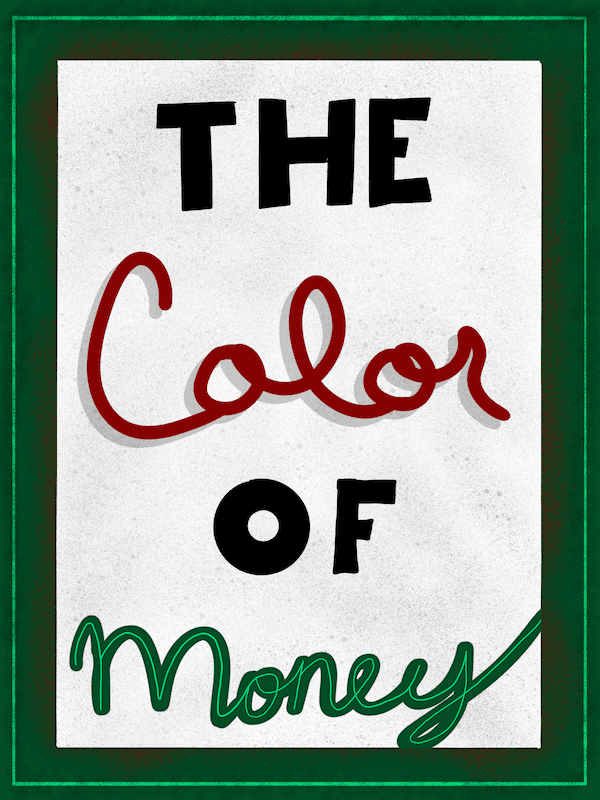
Title: The Color of Money: Black Banks and the Racial Wealth Gap
Author: Mehrsa Baradaran
Publisher: Harvard University Press
Rating: 5/5
Buy: Amazon (affiliate link)
Synopsis
In 1863 black communities owned less than 1 percent of total U.S. wealth. Today that number has barely budged. Mehrsa Baradaran pursues this wealth gap by focusing on black banks. She challenges the myth that black banking is the solution to the racial wealth gap and argues that black communities can never accumulate wealth in a segregated economy.
Review
The books central question – will banking black help lessen the financial wealth gap? Why is this even a question to begin with you ask? In 2016, rapper Killer Mike advocated for blacks to bank black; pull their money out of white banks and fund black banks and businesses to help seed money into the community and keep the black dollar in circulation for more than a few hours – admittedly, there has not been reliable research to indicate such a statistic on how long the black dollar circulates within the black community. Even so, the calls to bank black is an aim to restore economic power and lessen the racial wealth gap. And in 2016, many heard that call and answered it.
Author Mehrsa Baradaran then asks, is that really the solution?
During the New Deal era, poverty was seen as a systemic problem ‘Change the system and poverty goes away and so do its systems.’ Not so in the 1960s when poverty became to be seen as a moral failure.”
This (audio) book spoke to me as my family is, surprise, poor. I became familiar with debt early on as it was all around me. The pervasiveness of debt seethed throughout my community and Payday loans were at every corner you could find. At a young age, I thought these payday loans were banks only to find they were something else entirely.
In my adult years, as I too fell within the spirals of debt, I began to see these money lenders and banks for what they were. And from my personal experience, I begat my own battles in trying to retain what little money I had against an institution that was trying to take every penny in a rigged system that favored them at every turn.
All of that withstanding, I found this book illustrative of my own experience and I could not stop listening. Over a decade ago as I studied my own situation, I found there were larger structural issues and to cover them in such a historical context further puts into light the issues of today; the continued lack of black banks, discriminatory mortgage practices, lack of funding for black businesses, and even financial assistance, all continuing the segregated economy.
If we can’t sit at the table, then let’s knock the fucking legs off!”
James Foreman
Mehrsa lays out this context in the varying examples of how black institutions were rejected from participating in the larger economy by only being allowed to serve blacks, while simultaneously competing with white-owned banks who could server both white and black clientele with the backing of the Government when times got tough. If the black bank itself cannot participate in the larger economy, then how will banking black help the black community? The answer? It won’t, not until you fix the real underlying issues that Mehrsa lays out.
I enjoyed this book very much as it came into my purview at a time when I am writing about my own financial experiences and my strive for financial freedom. With the completion of this book, I find that it is a shame that I did not read the author’s prior book “The other side of banking” first. Even so, it’s been added to my list of future reads as I am immensely interested in the topic and would love to read more of her thoughts on the subject. Further, I think that I may have to double dip and grab a physical copy of this book to keep on hand.